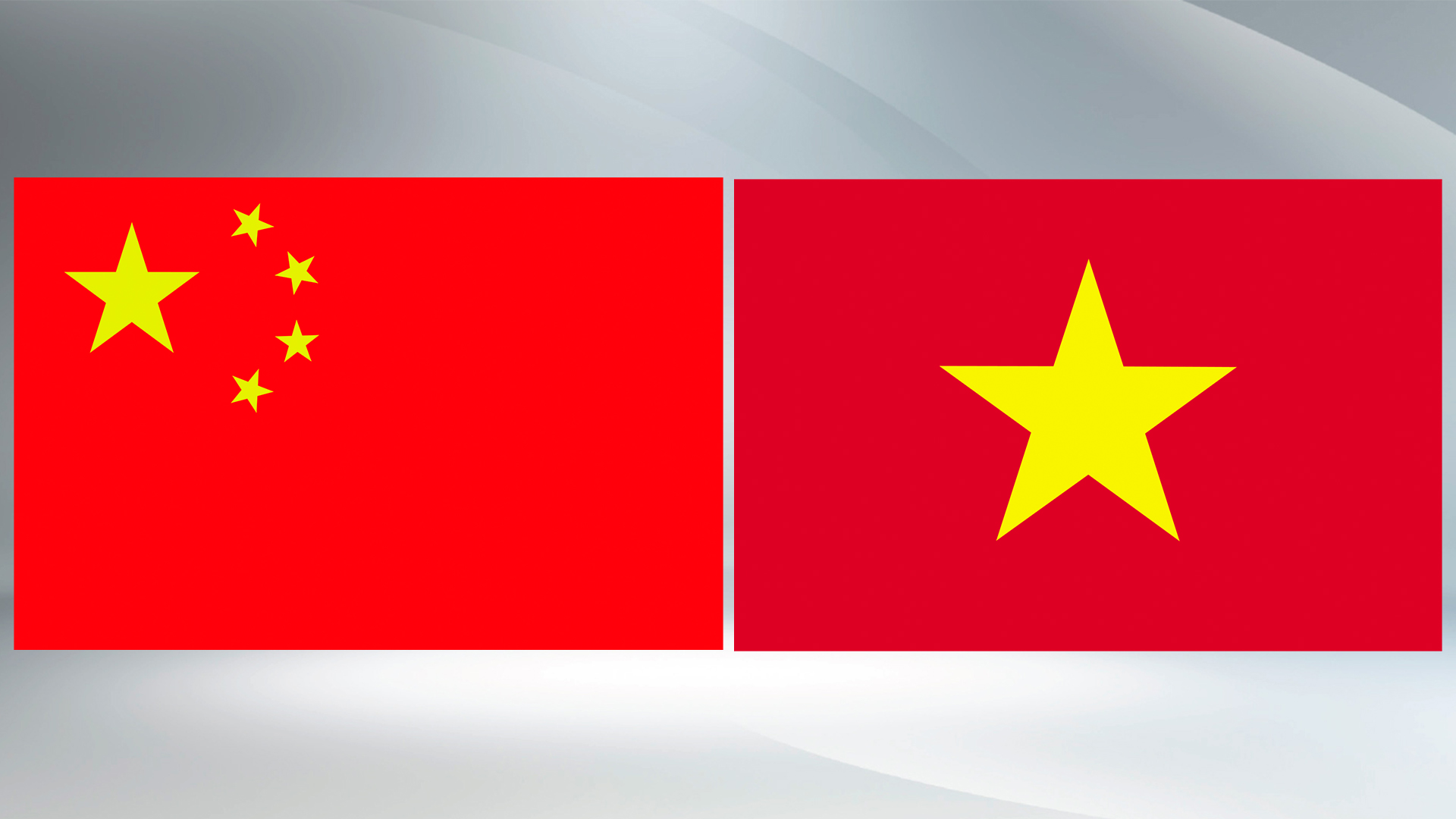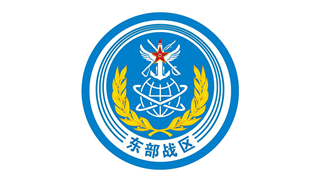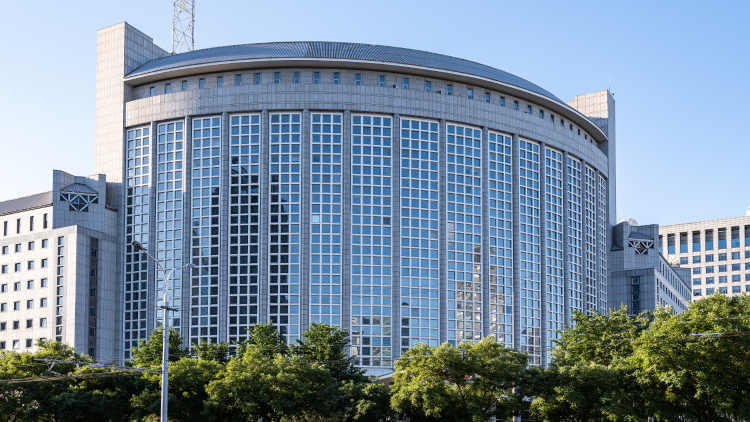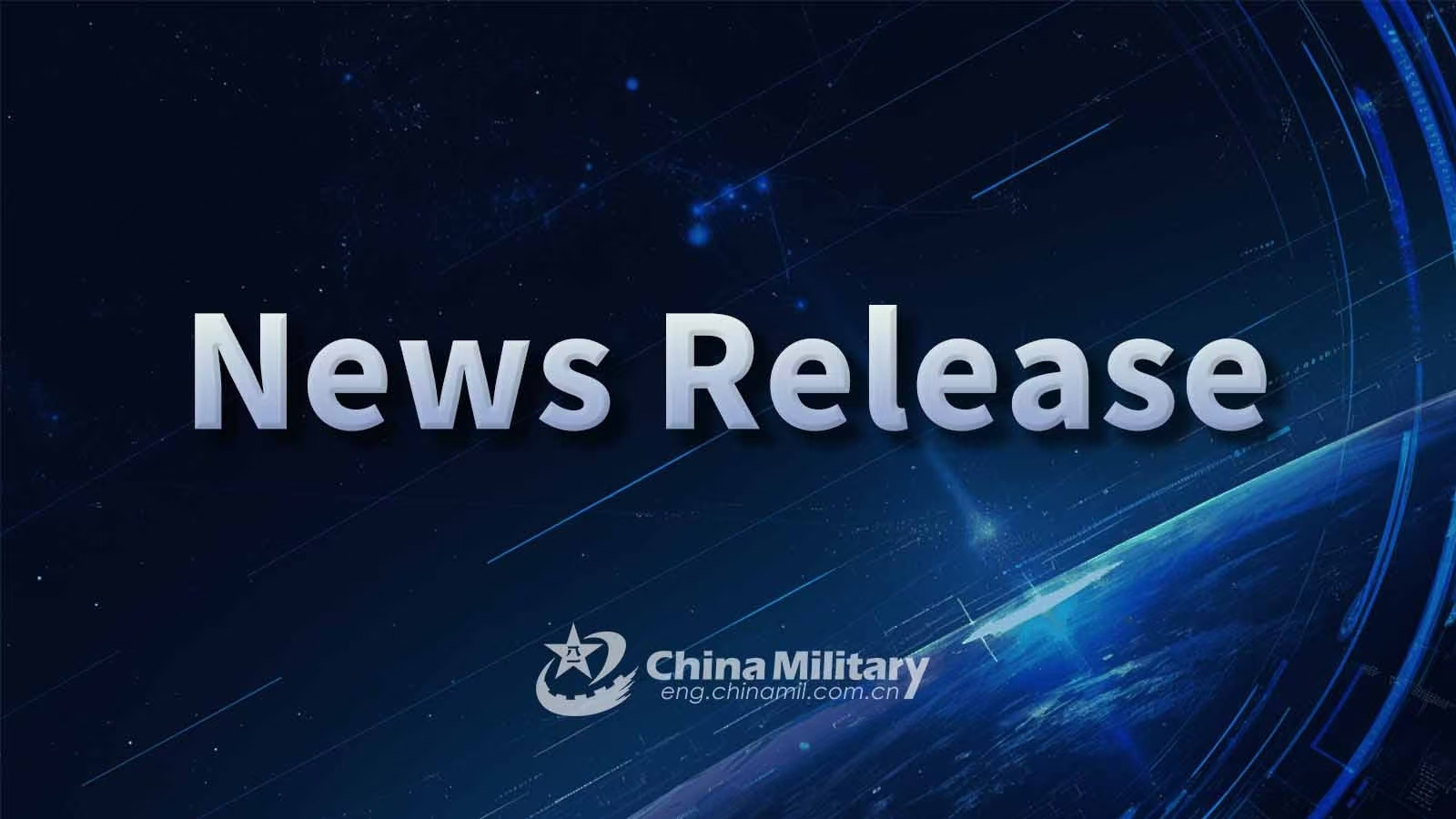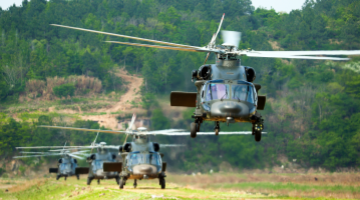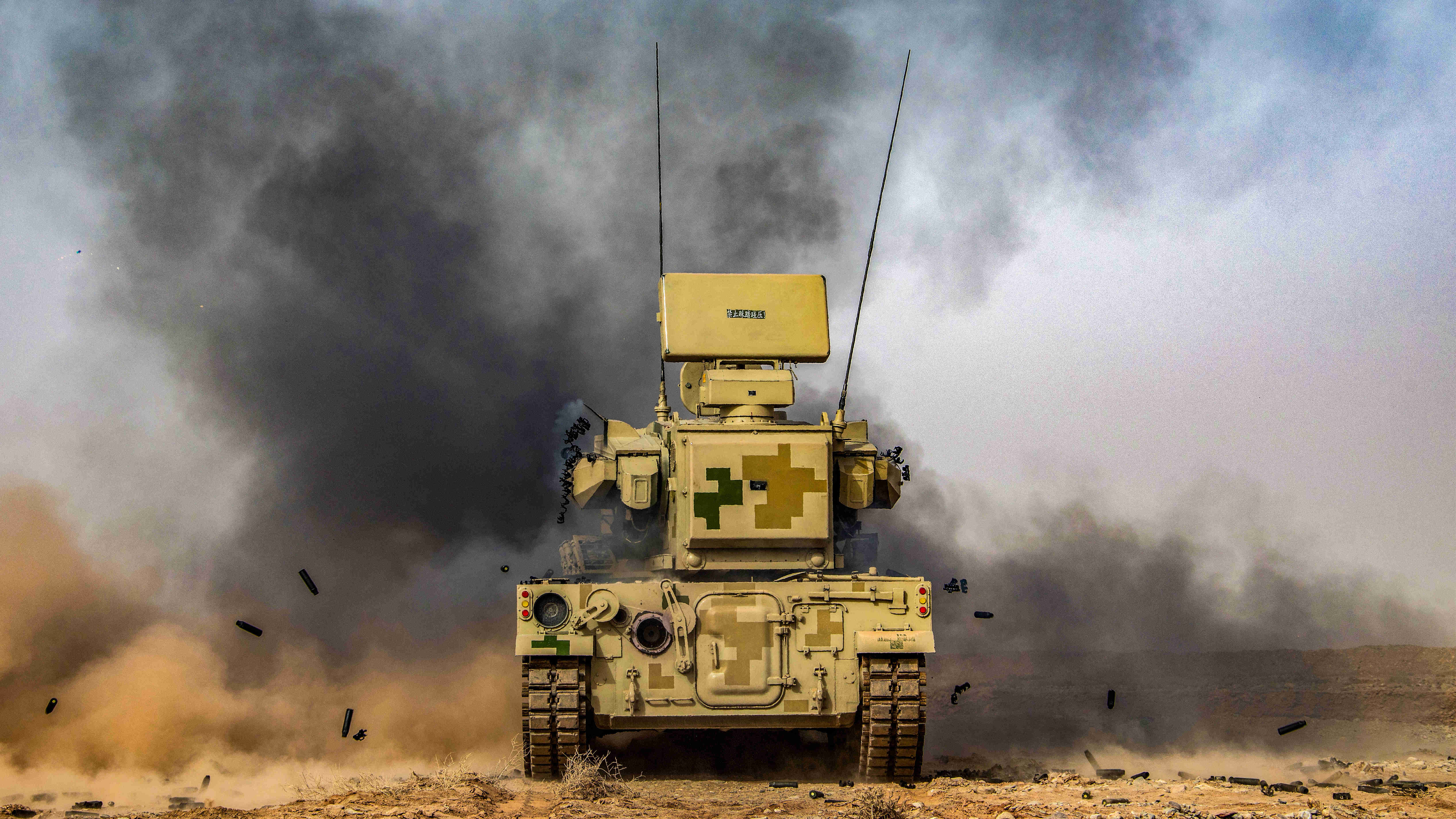By Le Shui
Recently, the Philippine Coast Guard (PCG) vessel MRRV-9701 illegally anchoring in China's Xianbin Jiao provoked incidents by intentionally ramming into a China Coast Guard (CCG) ship. This is another deliberate violation of China's sovereignty, following similar provocations by the Philippines at Ren'ai Jiao and Tiexian Jiao.
Just this July, China and the Philippines held the ninth meeting of the Bilateral Consultation Mechanism on the South China Sea, and signed the Arrangement on Improving Philippines-China Maritime Communication Mechanisms. After the meeting, Philippine President Ferdinand Romualdez Marcos said that proper diplomatic channels and mechanisms remain the only acceptable means of settling disputes. However, before the ink on the agreement had dried, the Philippines attempted to replicate the "grounding" of its BRP Sierra Madre (LT-57) at Xianbin Jiao. The Philippines' repeated backtracking has revealed to the world who is the real "troublemaker" in the South China Sea is and has also gradually exposed the hidden manipulators supporting the Philippines.
The reason why the Philippines dares to repeatedly challenge China's bottom line in the South China Sea is that it is not "alone". On the very day the PCG and CCG ships collided at Xianbin Jiao, the US sent a P-8A anti-submarine patrol aircraft to openly provide intelligence support to the PCG vessel. Subsequently, the Japanese ambassador to the Philippines posted on social media to express support for the Philippines, claiming Japan is a "stakeholder" in the South China Sea. The Australian ambassador to the Philippines also publicly backed the Philippines on social media. Meanwhile, the European Union issued a statement criticizing China’s law enforcement actions. Based on the coordinated reactions of the US, Japan, Australia, and the EU, it is clear that the PCG vessel was acting with premeditation. The various overt and covert forms of support from these external countries have given the Philippines the “courage” to stir up trouble in the South China Sea.
The South China Sea was so peaceful, but external powers such as the US, Japan, Australia, and the EU have jumped in to fan the flames and stirred up trouble in the region. In contrast, the reactions from other ASEAN countries have been relatively calm. As a result, the PCG spokesperson openly complained in the media about neighboring countries standing by. ASEAN's silence reflects its dissatisfaction with the Philippines' actions. For nearly 30 years, despite the Philippines' frequent provocations over territorial disputes, such as those involving Huangyan Dao and Ren'ai Jiao, and the unilateral arbitration case at the Permanent Court of Arbitration in Hague, ASEAN has never followed suit and has remained silent on the arbitration ruling.
ASEAN's "silence" is a reflection of its discontent with the Philippines. Since the official start of consultations on the Code of Conduct (COC) in the South China Sea in 2013, China and ASEAN have completed the first and second readings, with the third reading currently underway. The progress of these consultations is going smoothly, and ASEAN does not wish to see the Philippines continuously undermine the peace and stability of the South China Sea for its own interests.
However, the US and other countries outside the region well understand that once the COC is officially in place, they will lose the opportunity to meddle in South China Sea affairs. The US's carefully crafted "Indo-Pacific Strategy", which spans from the Indian Ocean to Southeast Asia and the Korean Peninsula, would lose its foothold in the South China Sea. Japan would no longer have an excuse to tie the Philippines to its anti-China chariot. Australia's role in the US' "Indo-Pacific Strategy" would diminish. The EU would lose its bargaining chip to exchange support for the "Indo-Pacific Strategy" in return for more US resources into the Russia-Ukraine conflict. It is evident that the so-called support for the Philippines from the US, Japan, Australia, and the EU is driven by ulterior motives. They all try to muddy the waters of the South China Sea for their own benefit.
The future of the South China Sea should be determined solely by the countries of the region, without interference from external powers. China and ASEAN countries are close neighbors and share cultural ties. They are a model of good neighborliness and friendship in the world, and will certainly be able to peacefully resolve the South China Sea dispute through friendly consultations. At present, China and ASEAN should unite to accelerate the negotiation process of the COC, jointly resist the Philippines' unreasonable disruption, and leave no opportunity for external countries like the US to interfere.


